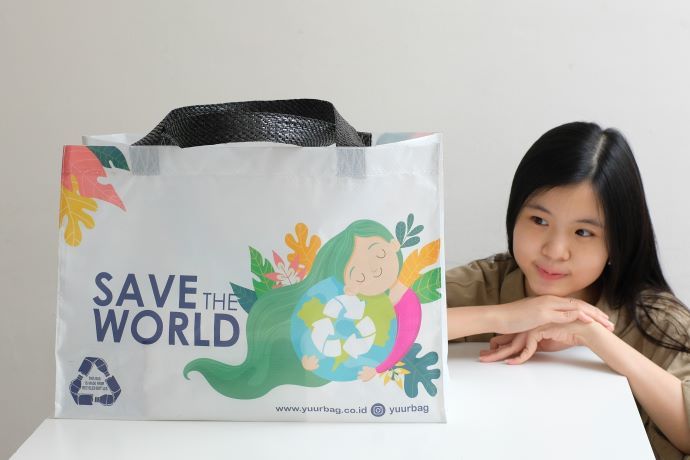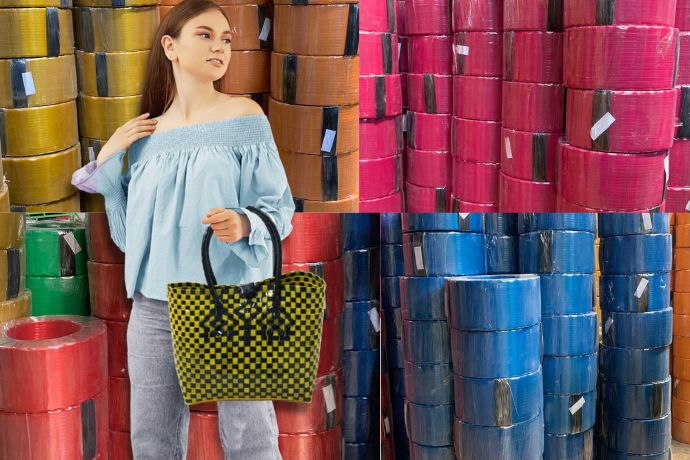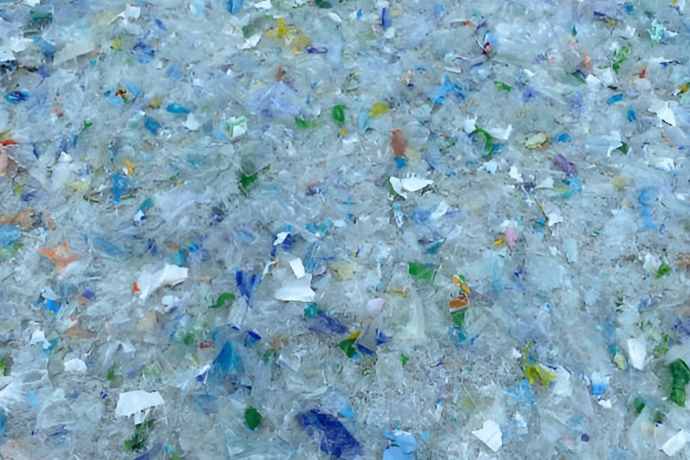Woven vs Non-Woven Geotextiles — Selection Guide
Key Takeaways:
- Woven geotextiles deliver high tensile strength and are best for reinforcement, separation, and load-bearing projects like roads and embankments.
- Non-woven geotextiles provide superior permeability, making them ideal for drainage, filtration, and erosion control in landscaping or wet environments.
- Your choice depends on project goals: choose woven for strength, non-woven for water management.
What Are Geotextiles?
Geotextiles are engineered fabrics used in civil engineering, landscaping, and environmental projects. They improve soil stability, provide filtration, and control erosion.
There are two main types:
- Woven geotextiles – made by weaving synthetic fibers into a strong, interlocking structure.
- Non-woven geotextiles – made by bonding fibers through needle-punching, heat, or chemicals, creating a porous mat.
Choosing the right type directly impacts your project’s performance, durability, and cost efficiency.
Woven Geotextiles: Strength and Stability First
How They’re Made
Woven geotextiles are manufactured by weaving polypropylene or polyester fibers into a durable, basket-like structure.
Key Properties
- High tensile strength (ASTM D4632/D4595)
- Low elongation (less stretch under load)
- Excellent soil stabilization
- Low permeability — less water flow
Typical Applications
- Road construction – stabilizing highways, driveways, and parking lots
- Embankment support – preventing soil movement under pressure
- Separation – keeping aggregate layers intact in soft soils
Limitations
- Poor drainage due to low permeability
- Less adaptable to uneven surfaces
Also Read : Bulk Bags or FIBC Construction Types - A Complete Guide
Non-Woven Geotextiles: Drainage and Filtration Experts
How They’re Made
Non-woven geotextiles are bonded by needle-punching or thermal/chemical processes, resulting in a soft, felt-like fabric.
Key Properties
- High permeability / permittivity (ASTM D4491)
- Higher elongation (flexible, accommodates settlement)
- Good filtration capacity (AOS – ASTM D4751)
- Adaptable to irregular ground
Typical Applications
- Drainage systems – trench drains, French drains, subsurface pipes
- Filtration – preventing soil fines from clogging drainage systems
- Erosion control – landscaping, gardens, wetlands
Limitations
- Lower tensile strength than woven
- Not suitable for heavy reinforcement
Also Read : PET vs. PP Plastics - Understanding the Differences
Technical Comparison: Woven vs Non-Woven
Feature | Woven Geotextiles | Non-Woven Geotextiles |
Tensile Strength (ASTM D4632/D4595) | High (reinforcement, load-bearing) | Moderate |
Elongation | Low (5–25%) | High (up to 50%+) |
Permittivity / Permeability (ASTM D4491) | Low | High |
AOS (Apparent Opening Size) (ASTM D4751) | Small openings | Larger range |
| UV Resistance | Typically stabilized | Typically stabilized |
| Cost | Generally higher per strength | More cost-effective for drainage |
How to Read a Geotextile Datasheet (TDS)
When reviewing a manufacturer’s technical datasheet, focus on these properties:
- Grab / Wide-Width Tensile Strength – resistance to load
- Elongation at Break – flexibility under stress
- Permittivity / Permeability – water flow rate
- Apparent Opening Size (AOS) – filtration capacity
- UV Resistance – retained strength after sun exposure
- Puncture / Tear Resistance – durability in installation
Choosing the Right Geotextile: A Simple Guide
✅ Use woven if:
- Building a road, driveway, or embankment
- Needing long-term soil stabilization
- Requiring high load-bearing capacity
✅ Use non-woven if:
- Installing a drainage or filtration system
- Working on landscaping, erosion control, or wetlands
- Needing high permeability for water flow
Installation Best Practices
- Excavation – prepare and smooth the base layer
- Overlap seams – minimum 30–45 cm (or per project spec)
- Anchoring – use pins or soil cover to secure fabric
- Avoid damage – protect against tears from sharp rocks or heavy equipment
Case Example
- Road Construction (Woven): A woven fabric under a gravel road reduced rutting by 40%, extending pavement life.
- Drainage Trench (Non-Woven): A non-woven fabric wrapped around perforated pipe maintained drainage flow for over 10 years without clogging.
Final Thoughts: Which Should You Choose?
- Pick woven geotextiles for reinforcement and soil stabilization.
- Pick non-woven geotextiles for drainage, filtration, and erosion control.
Still unsure? We can help you decide! At Langgeng Jaya Group, we offer both woven and non-woven geotextiles, tailored to your specific project needs.
Contact us today to find the best solution for your project!



